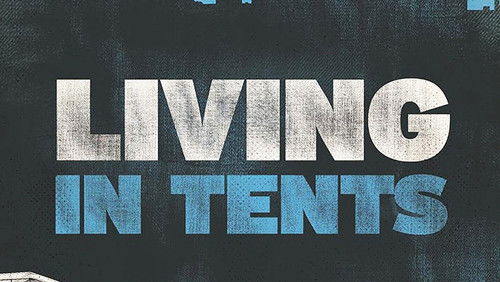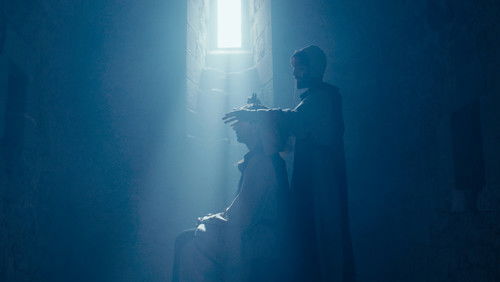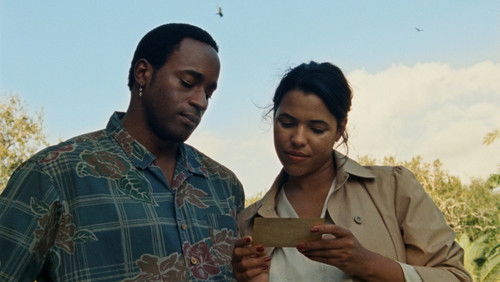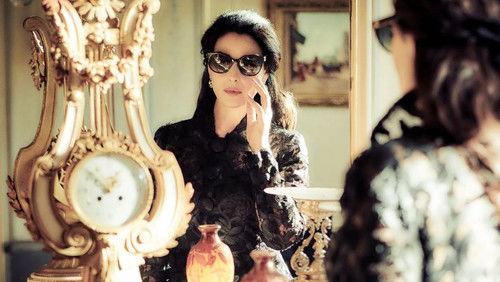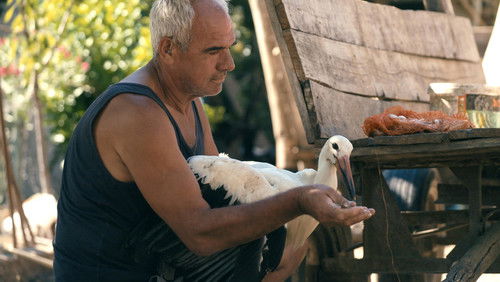Das Geheimnis Georges Méliès (TV Movie 2021)
15KDas Geheimnis Georges Méliès: Directed by Eric Lange. With Serge Bromberg, Costa-Gavras, Béatrice de Pastre, Michel Gondry. Son of a shoe manufacturer, Georges Méliès decided to devote himself to magic. In 1888, he used his share of the inheritance to buy the Robert-Houdin Theater, Boulevard des Italiens, where his fairy-tale shows drew crowds. Seven years later, dazzled by the animated image of the Lumière brothers, he launches into a new art form, cinema. His thirst for enchantment led him to invent special effects. But the evolution of the public’s taste and the passage of the cinema to the industrial era put away his dream machine. Forgotten, he ends up running a toy store in the Montparnasse train station. In 1923, in a fit of despair, he destroyed the negatives of his films. Since then, film buffs all over the world have found and restored reels.
“u0026quot;Le Mystère Mélièsu0026quot; is yet another movie about Georges Méliès. After most of his, as this documentary points out, 200-some surviving films (of the original 520-some that he made, which is actually a rather good record for the silent era–especially for a guy who burned his negatives of them) have been available for a few years now on home video from Flicker Alley (and thereafter ripped (off) to YouTube) and after Martin Scorsese made that popular movie, u0026quot;Hugou0026quot; (2011), thatu0026#39;s partly about him, I donu0026#39;t think thereu0026#39;s as much mystery left to Méliès–at least not relative to other important figures in early cinema. Thereu0026#39;s more to the timeline than Edison and Lumière, then Méliès, then Griffith, with maybe a nod nowadays to the first female filmmaker Guy or the interesting beard of Muybridge, after all. Iu0026#39;d still like to see, for instance, a Brighton School box set of the surviving work of G. A. Smith, James Williamson, Esmé Collings, Charles Urban, with even the series work of William Friese-Greene thrown in some day. Or, heck, how about a huge Pathé collection (and one with preferably an English subtitles option, you Francophile home-video distributors… but I digress).u003cbr/u003eu003cbr/u003eAnyways, the 1997 u0026quot;The Magic of Mélièsu0026quot; (La magie Méliès) does more justice to enthusiastically covering the cine-magicianu0026#39;s life and films. u0026quot;The Méliès Mysteryu0026quot; does do a better job discussing the rediscovery and preservation of the films, which isnu0026#39;t surprising given that itu0026#39;s made by the preservationists at Lobster Films–Eric Lange, Serge Bromberg and company. And the same was true of the last Méliès restoration documentary they did, u0026quot;The Extraordinary Voyageu0026quot; (2011). Their approach to Méliès himself, however, is popular rather than scholarly.u003cbr/u003eu003cbr/u003eEvidence of this is that it repeats a couple apocryphal tales, albeit ones told by the cine-magician himself. One narrativizes the novelty of cinema by him witnessing the audienceu0026#39;s fear of an approaching train on screen at the public introduction of the Lumière Cinématographe in the basement of a Parisian café on 28 December 1895, which is partly demonstrably false given that there was no such Lumière film of a train until the following month and that the famous approaching one we know to this day may not have been made until 1897 (see Martin Loiperdingeru0026#39;s essay u0026quot; Lumièreu0026#39;s u0026#39;Arrival of the Trainu0026#39;: Cinemau0026#39;s Founding Mythu0026quot; for more on that).u003cbr/u003eu003cbr/u003eThe second case is the self-promoted myth that Méliès discovered the stop-substitution effect by an accident of a camera jam as he recorded an ordinary actuality film of a street scene. Fact is many actualities from that era contain jump cuts–where the filmmakers stopped recording and, then, restarted from the same position as the action of a scene picked up again. None Iu0026#39;ve seen are as enthrallingly full of magical transformations as Méliès would have us believe. If the stop-substitution, touched up by editing, which is how they actually did it back then, werenu0026#39;t already obvious to a magician like Méliès and a connoisseur of screen entertainment such as the magic lantern that had existed for centuries with transformation effects and, more recently, photographic ones, he mightu0026#39;ve seen that the trick had already been done in the Edison Kinetoscope films, such as u0026quot;The Execution of Mary, Queen of Scotsu0026quot; (1895), where itu0026#39;s employed to substitute a dummy for the decapitation spectacle.u003cbr/u003eu003cbr/u003eUh-huh, and Louis Lumière invented cinema from a dream about the mechanics of a sewing machine and not as based on the prior work on film cameras and, sometimes, projectors from the likes of Marey, Anschütz, Dickson, Edison, Jenkins, Armat, Reynaud, Demenÿ, etc. Indeed, the story told in this documentary regarding the impetus for the brothers Lumière inventing the Cinématographe is but one of several the family told over the years. A eureka moment of Archimedes jumping from his bathtub to run naked through the streets, or a falling apple knocking the idea of gravity into Newtonu0026#39;s noggin is more entertaining than the reality of invention based on hard work and the long history of making slight variations to other peopleu0026#39;s work.u003cbr/u003eu003cbr/u003eAnother quibble I had was that the documentarians pretend a mystery over the parallax of the doubled prints Méliès made of his films–speculating it had something to do with stereoscopy (which actually did have a long history in motion pictures before Méliès and long before u0026quot;Avataru0026quot; (2009), but thatu0026#39;s another story)–before they explain that it was so that heu0026#39;d have a European and an American print for duplication. Indeed, thereafter, this practice would become common in Hollywood and elsewhere. A more amusing story is made of Pathéu0026#39;s dedication to making pastiches of Méliès films, although they were the best in the business at imitating othersu0026#39; work in general; itu0026#39;s why they were the biggest movie studio in the world before the counterattack of Edisonu0026#39;s Trust for control of the American market, WWI and such got in the way. American piracy of Star films are also covered, as is the tale of the American negatives of Mélièsu0026#39;s films from his brotheru0026#39;s laboratory, to basement, to Leon Schlesingeru0026#39;s private collection, to the Academy and Library of Congress and back to France. There are plenty of clips, the usual talking heads and a narrator, as well.u003cbr/u003eu003cbr/u003eBut, listen to me, so spoiled, with fading memories of being sustained by a few Méliès trick films and féeries being released on VHS by Kino or from black-and-white reduction prints by smaller distributors, now nitpicking the growing abundance of riches that have come our way, from DVD and Blu-ray and since to streaming. This documentary paired with a few of the more colorful prints of his pictures not only appearing on TCM, but also to a potentially wider audience at HBO Max, and in the same first few months of the year where I could also listen in on a Zoom presentation of early Méliès films that were distributed as flip books. Point is, I make a lot of criticisms, but I am thankful. Keep up the good work, film preservationists.”

